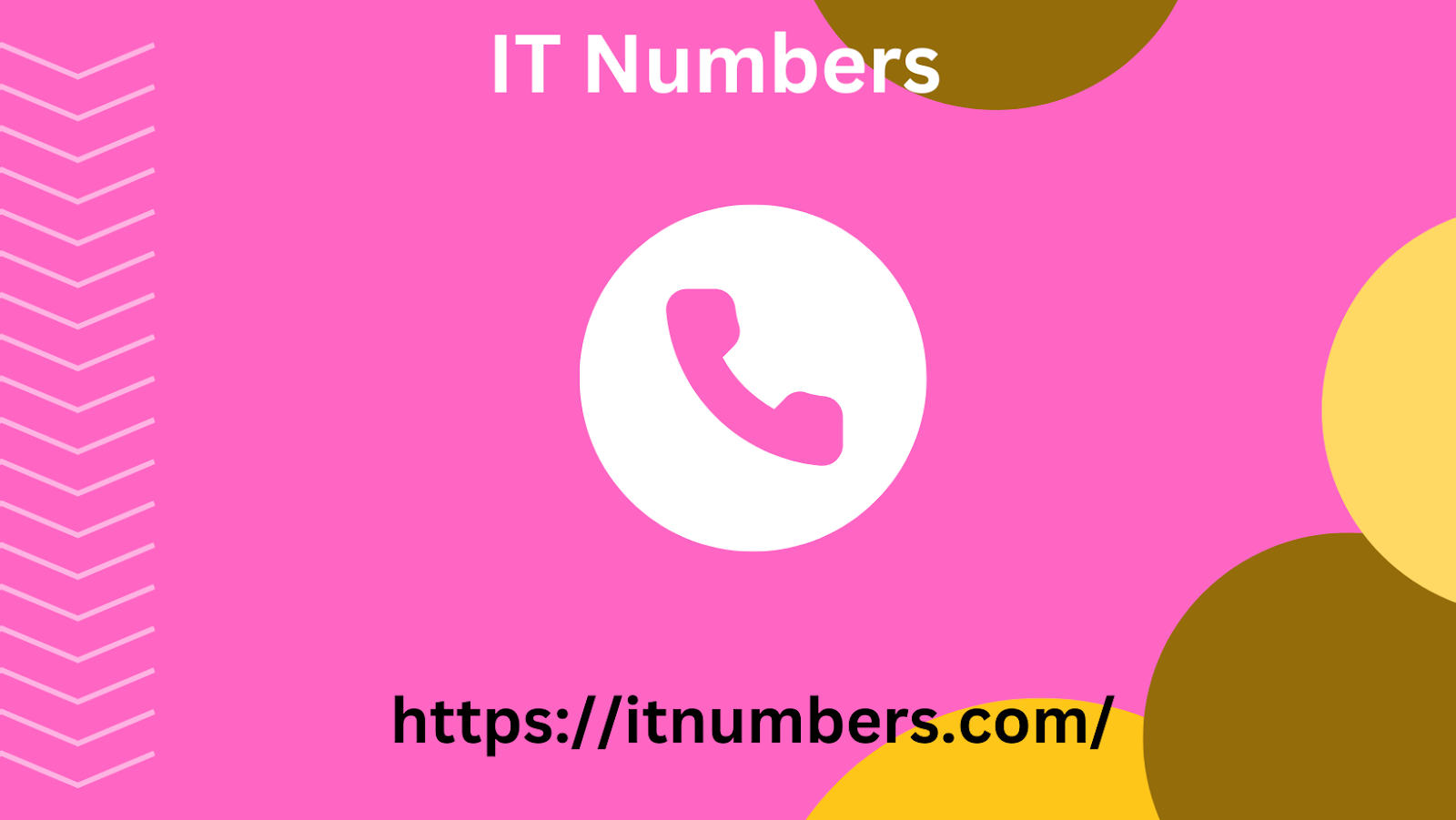|
|
Where someone chooses to engage with your brand and actively seeks you out. Inbound marketing strategy comparing to interruption or outbound marketing Image via Moz Inbound strategies are all about being found naturally rather than aggressively pursuing leads through in-your-face tactics. Which person do you think would be more likely to buy a house? A. The person who received a message saying “Buy this house!” or B. The person who searched for and found the perfect house on their own? We both know the clear winner, which is inbound. “Imagine a popup ad (outbound) vs.
a funny infographic you chose to look at (inbound),” says Marketo’s Johnny Cheng. “Data IT Numbers clearly shows that people who choose to interact with your brand naturally convert higher.” Take a look at this conversion rate data by acquisition channel – inbound strategies have one of the highest rates, at almost 4%. Inbound marketing strategy data proving the effectiveness of inbound on conversion rates Convinced that inbound marketing strategies kick ass for driving targeted leads and sales? Here are the 5 elements of a strong inbound marketing strategy, which you should be using! .1: SEO SEO (search engine optimization) is a hard-to-control, waste-of-time tactic, right? Wrong.

SEO is the process of optimizing your website’s content and structure for search in order to receive organic placements on the search engine results pages or SERPS. Having a quality website and content optimized for is able to identify and index your site’s content to have it appear for free to people searching. SEO is a critical part of your inbound strategy because if you can’t be found, then you’re not going to get business. Inbound marketing strategy screenshot showing organic results on SERPS When SEO comes to mind I think keywords, code, website structure, link-building, and then my head starts spinning.
|
|